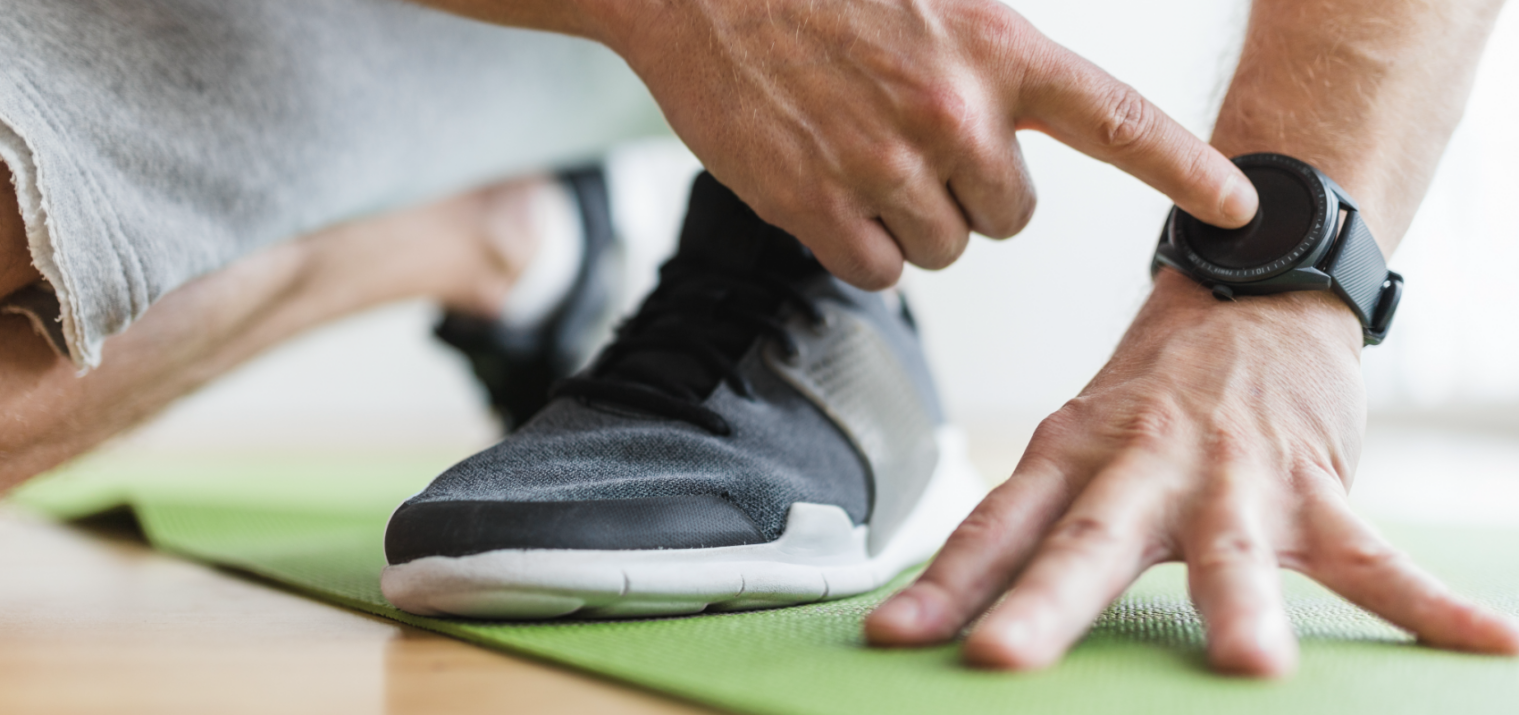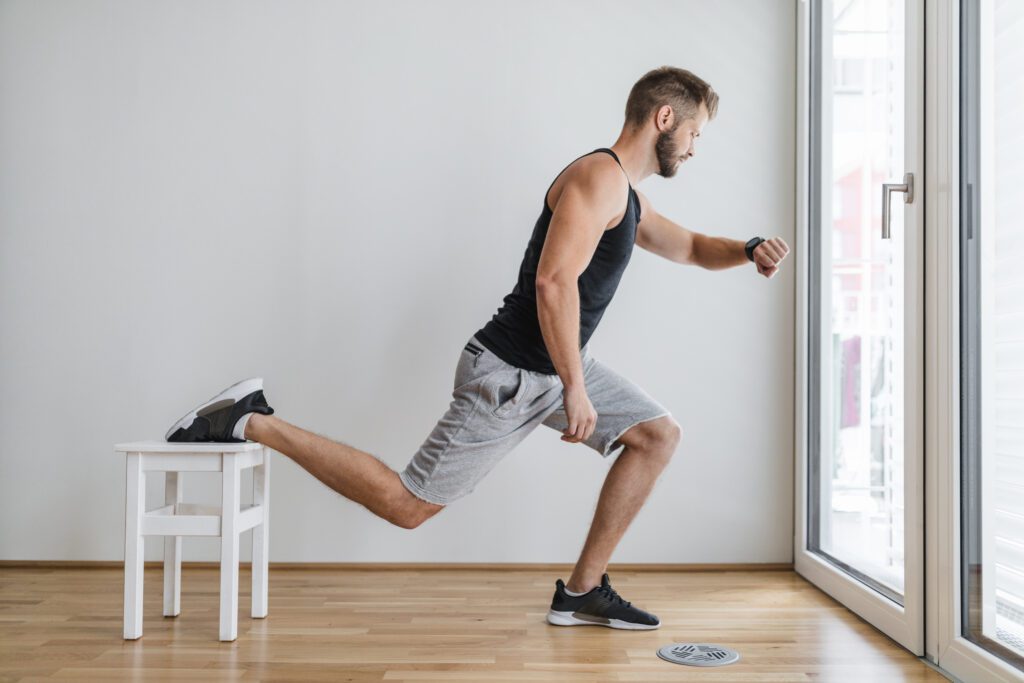
10-minute workout – does it really work?
Yes – and here are some tips on how to make it even more efficient
Can 10 minutes really make a difference? The answer is: Yes, they can. It isn’t a solution or an endpoint to your fitness schedule, but it’s enough to get you out of bed and get you moving. Enough to make you feel like you did something for yourself after the workout and to shift your energy on a busy day when you don’t have time for more. And it can be even enough to make your muscles feel sore the day after.
Short workouts can help you get more exercise into your daily routine. Plus, physical activity stimulates your metabolism. When exercises are intense, your heart rate and pulse increase. This provides your body with oxygen, which can increase your concentration and bring numerous health benefits. If your muscles are sufficiently activated in the process, regular performance can also increase strength.
Regularity is the key
The regularity of training is more important than duration. Training is an adaptive process because your body registers regular impulses and becomes active accordingly. Even 10-minute workouts can do you good if performed systematically. Basic knowledge of the complex structure of body metabolism can help you set targeted training: even with short training intervals, you can achieve the necessary intensity to stimulate your muscles and boost your metabolism.
Respect your times and limits
Physical fitness is linked to performance. You will have noticed that your performance is subject to fluctuations. Our body learns how to deal with stimuli: A training stimulus must be high enough for the body to recognize it as a load to build up substance. Respect your individual limits and adjust the load accordingly: your organism, if overloaded, needs a longer recovery phase.

Rest intervals are indispensable
Your body needs time to regenerate. Performance increases when muscles have time to recover from a load. During a strenuous workout, muscles tear. This is a normal process that can be achieved even in short training phases. When resting, small cells supplying those tears become active, and as a result, tissue builds up. We know this adaptation process after training as muscle soreness. The body works during resting phases: The intensity of the workout is then more important than the amount of time spent training.
Endurance training or muscle building?
When working out, you can choose between endurance training and muscle building. Endurance training is good for your heart, but muscle training is usually more effective. Mitochondria are tiny power plants in our muscles significantly involved in fat metabolism, and they are activated with few impulses: All needed is adequate intensity. That is why intense strength exercises are hence preferable for short, crisp workouts.
Our body likes variety.
If you continuously repeat the same exercises, short workouts will no more work in the long run. A repertoire of basic activities indeed helps you get into the workout and prepare your body for the load, but the more variations you add, the more intensively and broadly the cells are addressed. Here is our tip: Build a small catalog of exercises to create short workouts as different as possible.
Be creative!
Performing familiar exercises with and without shoes could add diversity to your training. When exercising, the heart and muscles are active, but our nerves want to be addressed too. Without shoes or on an uneven surface like a balance pad, our receptors compensate for weight shifts. As a result, the surrounding structures receive unfamiliar impulses, effectively reshaping even short workouts.

Control pulse and heart rate
Your heart rate is a good indicator to estimate the intensity of a workout. With a heart rate monitor, you can easily control how hard you are pushing and whether you are reaching the desired intensity. You’ll be surprised how your heart rate can increase within 10 minutes! At 60 to 70 percent of your maximum heart rate, your body burns fat for energy. This can be achieved even within a brief workout.
Support your body with healthy nutrition
Even if you don’t have a lot of time for exercise, you can still support your health goals with short workouts. Combining regular exercise with a healthy diet will help to achieve your goals even faster. Short workouts help you activate your metabolism and process food energy desirably. A consistent routine can help, if not too intense, to stimulate digestion. A 10-minute workout could help to boost your system, changing your habits and your lifestyle.

Short workouts increase your expectation of self-efficacy
Short workouts are a great way to include a higher exercise rate in your everyday life. In addition to the health value, efficient workouts also have a significant psychological effect: 10 minutes of exercise a day not only does a lot in terms of metabolism, but it also significantly increases self-efficacy at the same time.
Self-efficacy means that we are convinced that we can actually achieve a goal. Ten minutes seems like something we can definitely do, doesn’t it? Think of these short workouts as a foundation to keep you moving forward. Once you’ve included power workouts into your daily routine, it will seem easier to ramp up. A good starting point, don’t you think?
Your Humanoo Team